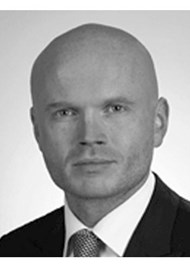Volume restoration has become a cornerstone in the current model of understanding and approaching the aging face. Sam Lam offers a review in order to place fat grafting in its proper place, with all of its attendant risks, benefits and limitations, within the spectrum of other surgical and non-surgical treatment modalities. Fat transfer is discussed in the context of blepharoplasty, facelift, alloplastic implants and equally in association with combined procedures or injectable, non-invasive fillers. Emphasising patient communication, Lam offers three of his own models or paradigms to be used to discuss the role of injectable fillers and fat grafting. A brief summary of the author’s own technique includes harvesting, processing and infiltration of fat. Fat grafting works well to provide volume of the face but may not manage every area of the face (e.g. eyelid area). It does not work well for the jowls or the neck region. Additionally, surface problems (e.g. nasolabiol grooves) should also not be approached by fat transfer only. Indications for additional fillers, which will enhance a fat transfer result, are presented. Lam gives an understanding of the safety profile of fat transfer, which is a bioactive substance that acts like tissue graft rather than merely as a bio-inert filler. The article discusses methods and concepts, which are of use for the novice in the field of fat grafting as well as to the experienced colleague.




